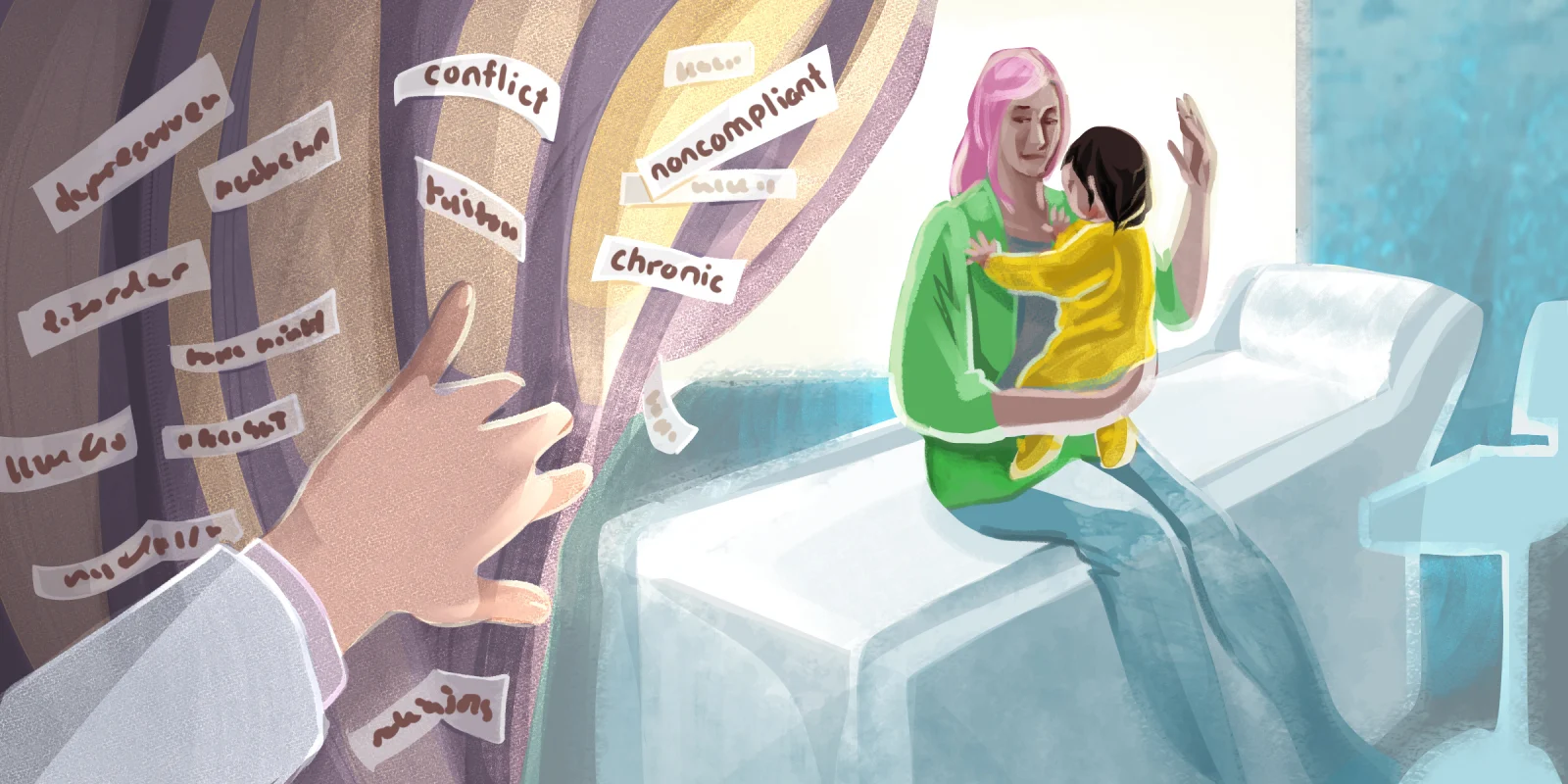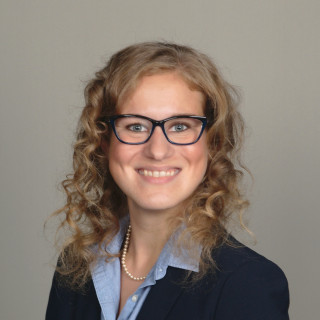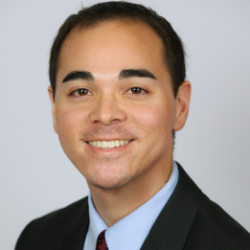Before I became a psychiatry resident physician, I was a public school teacher who often accompanied my classes to the school library. I wondered what perspectives my young students would take on lizards, Halloween, and new baby siblings, and how these perspectives might be shaped by the language used alone.
One of my own favorite library books, “Amusing Ourselves to Death” by Neil Postman, inspired my thoughts about language. Postman writes that “the forms of our media … are rather like metaphors, working by unobtrusive but powerful implication to enforce their special definitions of reality.” Pop-up books in the elementary library might foster a completely different perspective on volcanoes than an episode of Bill Nye the Science Guy, for example.
In medicine, written progress notes can prompt a different perception of a patient’s presentation than verbal presentations on rounds. No matter the medium, language is the universal component. Form, in other words, has as much of an effect as content. And this can lead to deleterious outcomes — especially in the domain of medical documentation.
Science bears this out. As an example of how language can be injurious, a study from 2010 in which clinicians were presented with the terminology “substance abuser” versus “substance use disorder” in documentation found that those who read the former verbiage viewed the individual as personally culpable and favored more punitive measures. A separate study from 2018 of trainee attitudes toward a patient with sickle cell disease after reading a patient vignette with neutral versus stigmatizing language found that the stigmatizing language note was associated with less aggressive pain management and more negative attitudes toward the patient. And a study from 2021 on clinician documentation went even further, identifying five categories of negative language in medical notes: questioning patient credibility; expressing disapproval of patient reasoning or self-care; stereotyping by race or social class; portraying the patient as difficult; and emphasizing physician authority over the patient.
The ugly truth is that as humans, we experience thoughts in all five of the above categories. It makes sense that amidst the long hours and overwhelming responsibilities of medical training, these thoughts would creep into our patient documentation. I have noticed that there are certain descriptors in the EMR that have come to be standardized, despite carrying a distinctly pejorative connotation: Patients who “denied” symptoms, were “noncompliant” with treatment, and “refused” interventions. Phrases — such as “cocaine addict” and “morbidly obese” — that framed patients’ stories before they even had the opportunity to voice a “chief complaint.”
The negative jargon that recurs in patient notes makes me feel uncomfortable. So, I have begun populating a toolbox of neutral language to capture patient encounters. Instead of “denying” symptoms, my patients “report none,” “state none,” or “describe none.” If it is medically necessary to describe my patients’ weights, I use the terminology “patient with Class I (or II or III) Obesity.” My patients have “concerns” in lieu of “complaints” and substance “use” disorder, never substance “abuse” disorder. And, importantly, my patients “state a preference” about the treatment options available to them and never “refuse” anything. I've populated my toolbox using trial-and-error — and at times an online thesaurus — but evidenced-based guides exist to help physicians use “person-first” language to describe members of too-often stigmatized groups, such as patients with substance use disorder. I wish I knew about guides such as this one in medical school, and I share both my informal, trial-and-error toolbox and evidence-based articles on neutral language with medical students when they rotate with me.
Using neutral words in medical documentation, though simple in theory, is more complicated in practice. The medical field is steeped in at least three centuries of negative jargon, beginning perhaps with a 1686 publication, Richard Wiseman’s Several Chirurgical Treatises, in which he describes a patient whose “complaint was of pain.” Later in Wiseman’s documentation, he describes meeting a patient with signs and symptoms of gonococcal infection: “I questioned him whether he ever had a Gonorrhaea,” Wiseman writes. “He denied it faintly.” Negative jargon may have been passively absorbed by centuries of physicians reading medical documentation.
However, my time as a teacher reminds me that words can be formally taught — by patients, residents, attendings, medical students, and even spouses, friends, and strangers. In the same manner, we can teach ourselves to craft patient notes with neutral language. Just as I was instructed by attendings and senior residents not to use medical jargon when talking to patients (e.g., “kidney infection” instead of “pyelonephritis”; “blood clot in the lungs” instead of “pulmonary embolism”), we can instruct our colleagues and trainees how to use neutral language when talking to other clinicians through medical documentation.
There are as many documentation styles as there are physicians. But together we are united by our oath to do no harm. This oath extends to medical documentation. What would medicine look like if all of our patients were given the opportunity to present for care as themselves, with their medical histories described in neutral language? For the sake of our patients, we would do well to ensure a future where this is possible. It is my belief that dignity and documentation go hand in hand.
How have you taught yourself to un-learn harmful language in medical documentation? Share your strategies in the comments below!
Dr. Elizabeth Bruce is a former public school teacher and current PGY-1 psychiatry resident physician at the University of Michigan. Her wellness activities include running, crossword puzzles, traveling, and spending time with her spouse and shelter pets. Dr. Bruce is a 2022–2023 Doximity Op-Med Fellow.
Illustration by April Brust







